
Packaging design has changed a lot from what it used to be. It’s not there to just look good on the shelf anymore. To make sure it hits the mark with your audience, feedback is essential. Whether you’re launching something new or refreshing an old favourite, learning how your design lands in the real world can save time, money, and a whole lot of awkward silence at the shelf.
In this article, we’ll dig into the best ways to gather packaging feedback - we’re talking focus groups, online surveys, and smart design iteration, to keep your packaging sharp and your customers interested.
Focus groups are small, curated gatherings of your target customers who sit down (physically or virtually) to share thoughts, feelings, and unfiltered opinions on your packaging.
These moderated sessions are designed to unearth qualitative insights: what people see, feel, love, or side-eye when they interact with your design. Done right, they reveal both what your audience says and what they don’t say out loud – those subtle, emotional cues that normal surveys might miss.
And here’s why it’s worth your time: a recent Ipsos study found that 85% of companies using focus groups reported major improvements in product development and marketing strategies. That’s a pretty solid reminder that focus groups aren’t just for show – they’re a modern business essential.
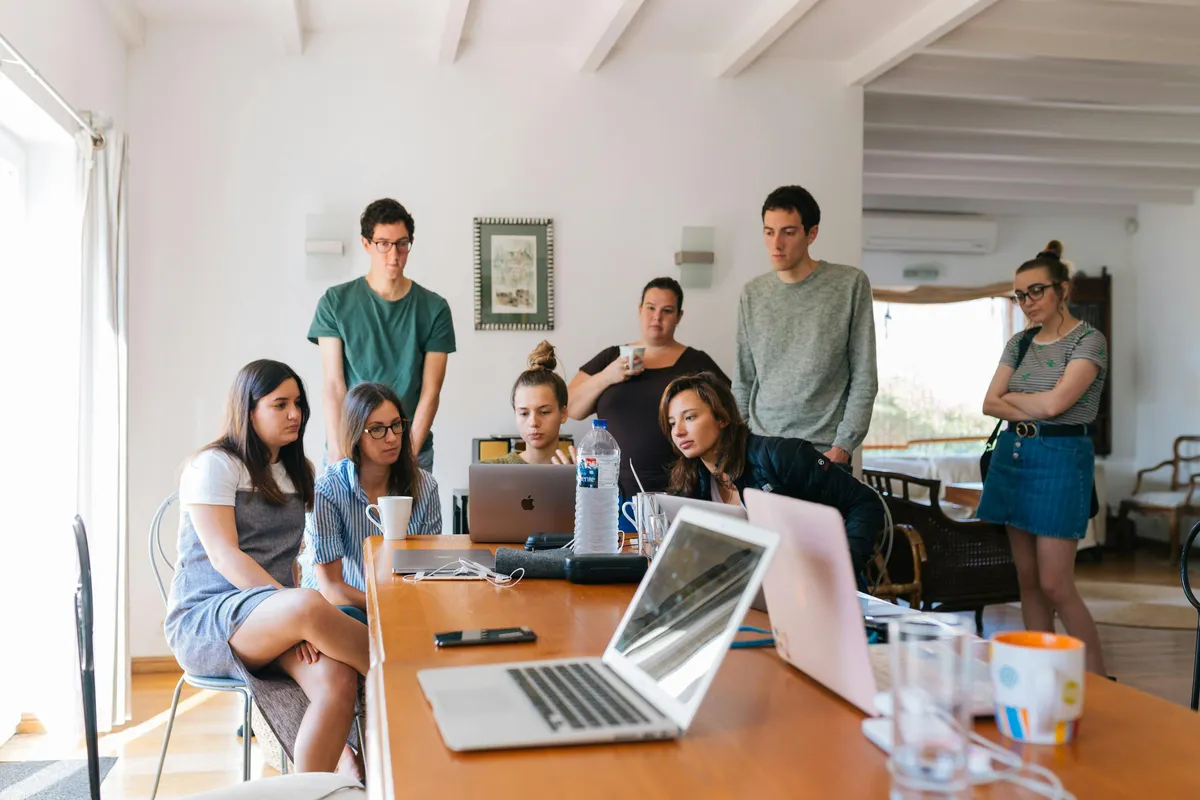
Transcribe the sessions and sort comments by theme. Group feedback into categories like colour choices, messaging clarity, logo visibility, emotional appeal, or even tactile response if you’re testing physical samples. This helps you spot what’s resonating – or not.
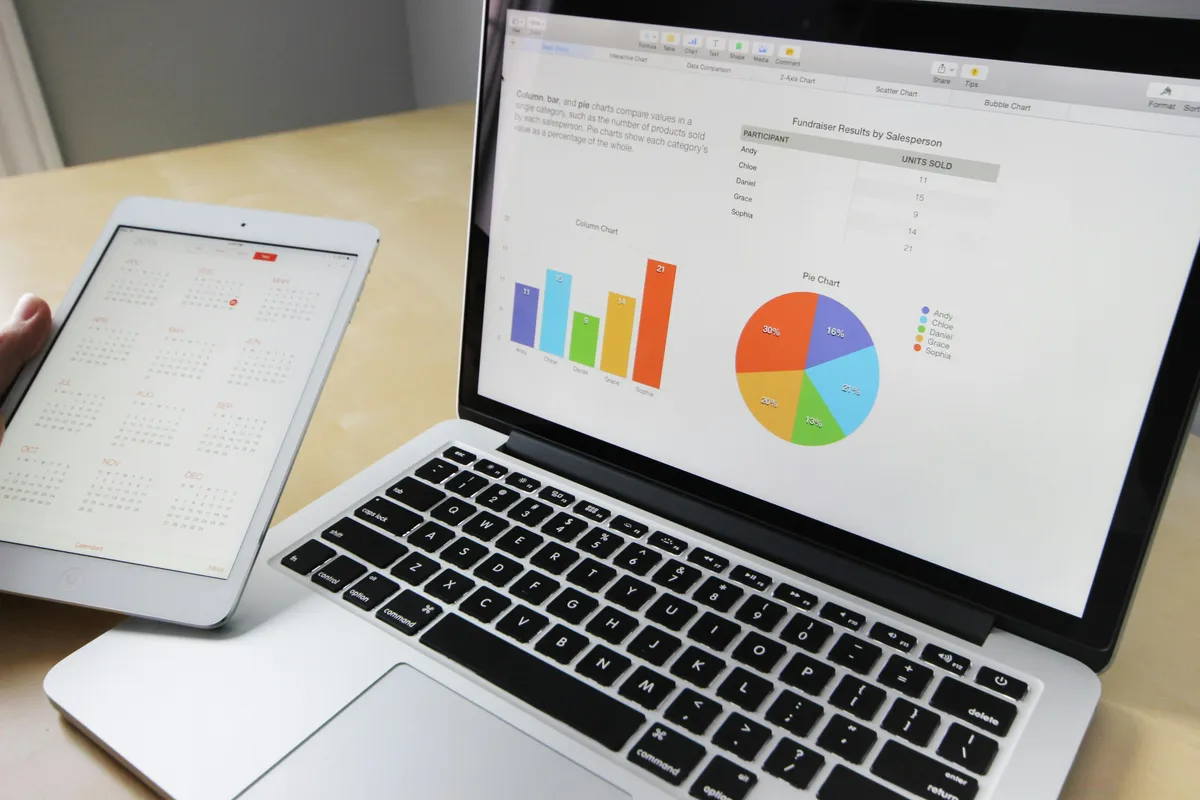
When you want big-picture data without booking a meeting room, online surveys are your best mate. They’re cost-effective, quick, and scalable and the tools available now are more powerful than ever. We’re all on our phones all day every day so it’s worth giving it a go.
Use platforms like SurveyMonkey or Qualtrics to launch feedback campaigns and track results in one place.
But here’s the thing – just sending your survey to a massive list won’t guarantee a flood of responses. In fact, research shows that the average response rate hovers around 44%, and blasting it to a broad, random audience won’t necessarily boost that. You’ll get better results by narrowing in on a well-defined group that actually cares about your product – think ideal customers, brand fans, or people already in your niche. Quality over quantity really counts here.
Mix Up Your Question Types:
You could also think about using these next-level tools for feedback:
→ A/B testing: Show two designs, track which performs better.
→ Heatmaps: See exactly where eyes land first.
→ Eye-tracking studies: Pricier, but tells you if people notice that new logo – or totally miss it.
→ QR Code feedback: Add a code directly to your sample packaging that links to a feedback form. Interactive packaging is a low-effort, high-reward way to turn your box into a conversation starter.

If design is brand storytelling, iteration is editing. Rarely does anyone get it perfect on the first go (if you did – congrats, but it’s rare). Iterative design is all about using ongoing feedback loops to make your packaging smarter, sharper, and better suited to your customers.
Here’s how to do it right. Start with a base concept. Get feedback. Then:
→ Prototype based on initial reactions.
→ Test again with a new group or survey round.
→ Refine the details – font legibility, hierarchy of info, even tactile elements.
→ Repeat. Iterate until your packaging is perfect. You want it to be the kind of design that makes people stop, stare, and reach for the shelf.
| Stage | Action |
| Initial Design | Develop a preliminary packaging concept based on brand values, target audience, and product positioning. This is your starting point – think of it as Version 1.0, not the final product. |
| Feedback Collection | Gather responses through focus groups, online surveys, and internal stakeholder reviews. Use both qualitative (emotional reactions, language used) and quantitative (ratings, selections) methods to get a well-rounded view. |
| Analysis | Review all collected data to identify recurring pain points, preferences, and unexpected insights. Organise feedback into actionable themes – such as unclear messaging, weak shelf impact, or confusing navigation of information. |
| Prototype Development | Implement changes into a new design mock-up, either digitally or physically. Focus on improving high-priority areas identified during analysis, and document what’s been changed (and why). |
| Testing | Present the updated version to a fresh audience – or return to your original group for continuity. Evaluate reactions to the revised design and determine whether previous concerns were addressed successfully. Gather feedback again. |
| Refinement (Optional) | If needed, repeat the feedback–prototype–testing loop. It’s better to refine multiple times than to rush to finalisation with lingering issues. |
| Finalisation | Once the design meets your goals and audience expectations, prepare production-ready files. Ensure consistency across formats, get internal approval, and move forward with print, manufacturing, or launch. |
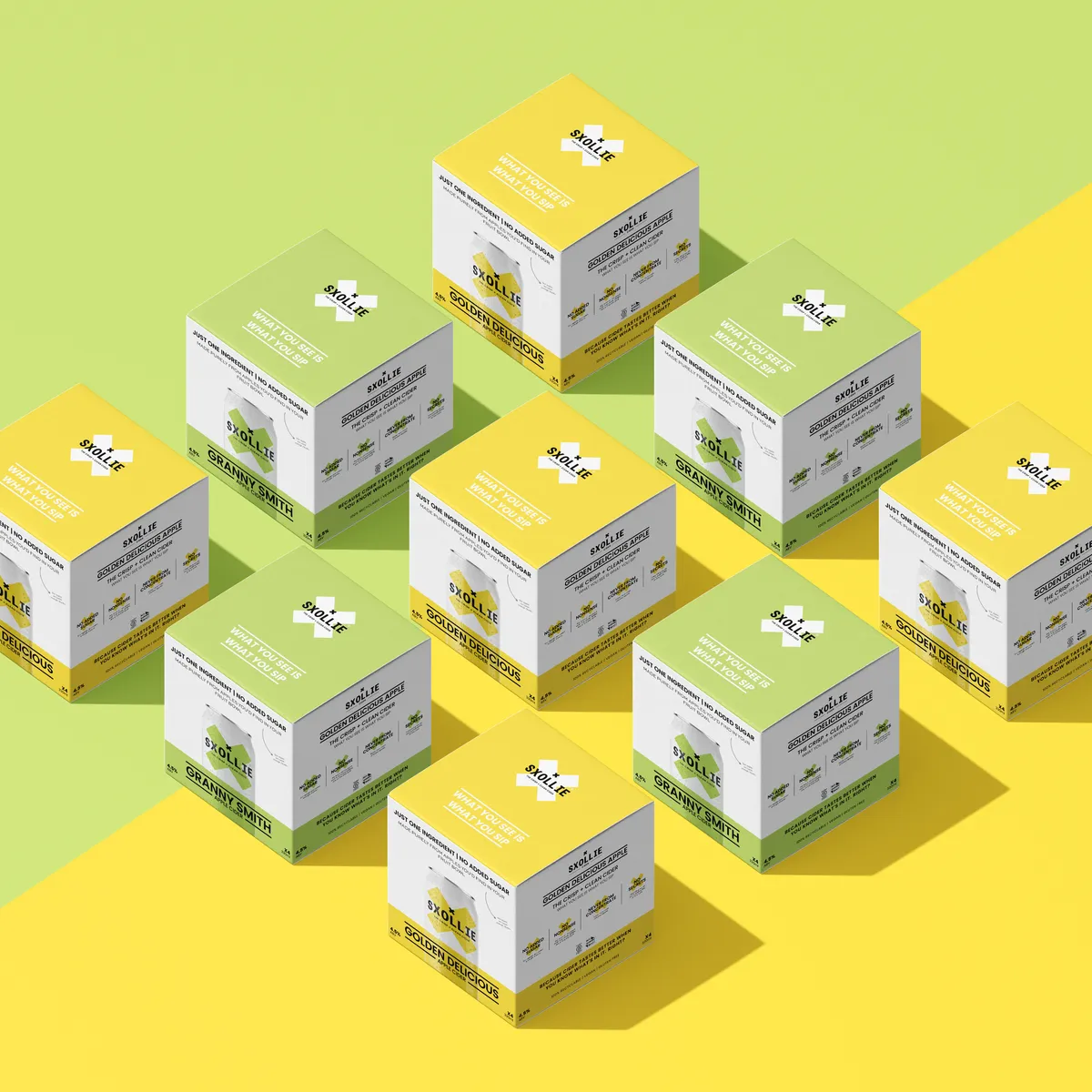
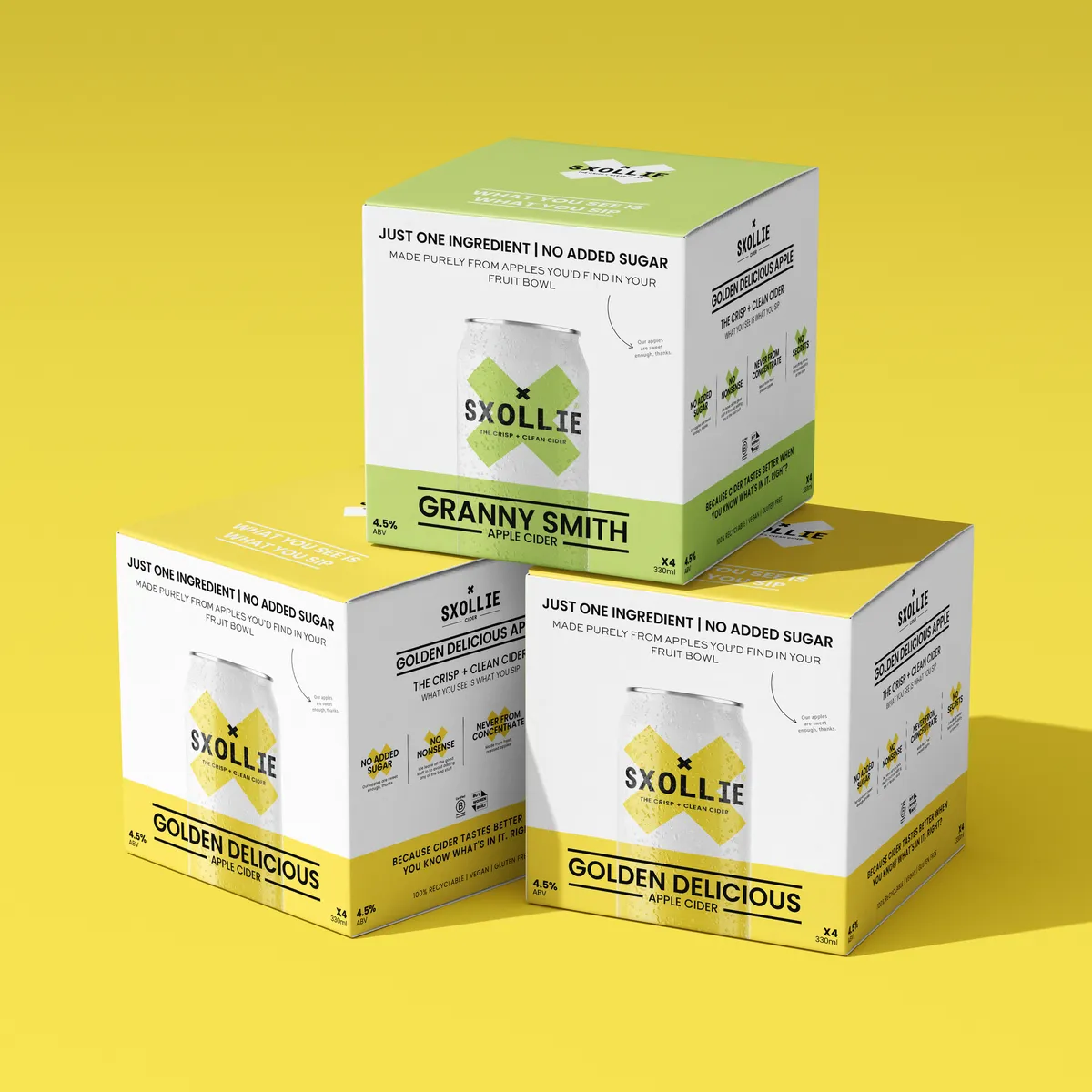
When iterating on your packaging, start by filtering feedback for relevance – not every opinion needs to shape the next version. Focus on insights that align with your brand values and design goals. Collaboration is key throughout the process, so keep your packaging designers, marketers, and decision-makers involved to ensure consistency and clarity. As you make changes, document what you adjusted and why. This running record not only keeps the team aligned but also helps avoid retracing steps later. And most importantly, don’t shy away from revisions – each round of refinement gets you closer to a design that truly resonates.
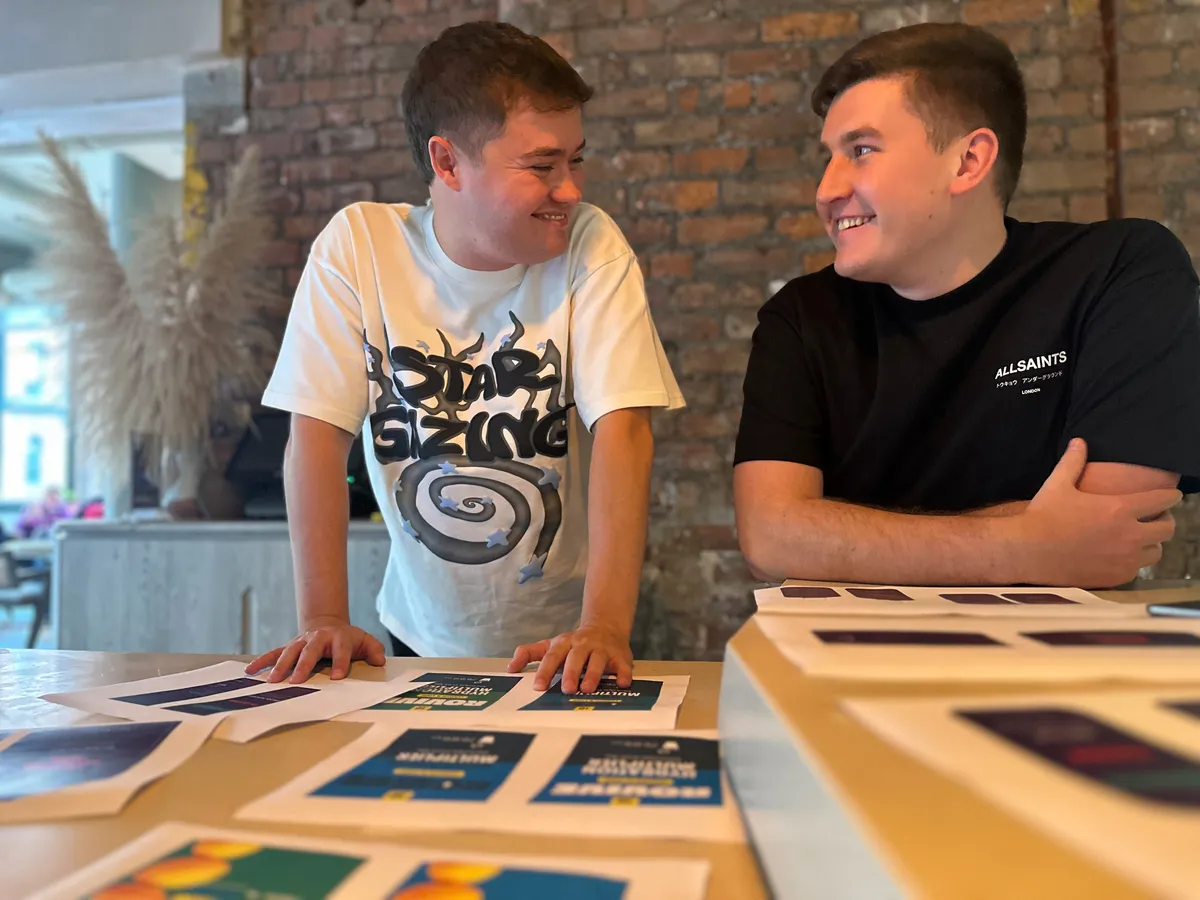
So you’ve got the tools … Now it’s time to put them to work. Whatever you do, every stage of the process helps you build packaging that actually works. Not just for you, but for the people buying your product. Because let’s face it – no one wants to spend thousands on a beautifully printed box that ends up confusing your customer.
If you’re feeling stuck with your packaging feedback process, then talk to us. At Noramble, we’ve helped brands big and small get honest, useful insights to elevate their packaging design. We’ll help you cut through the noise and create packaging design that speaks volumes.
From concept to shelf, we offer full-service support in packaging design, brand design, and visual storytelling – all tailored to help your product stand out and connect with your audience. Whether you're refining an existing look or starting from scratch, we’ll help you build a brand that actually sticks.